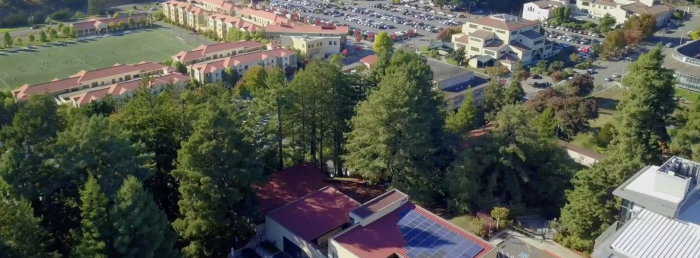 YouTube can be a very frightening place. Whether you’re a YouTuber user or you’re setting up a channel, if you don’t know what you’re doing, you can end up down some deep rabbit holes. Started 10 years ago to share videos online, YouTube is now the realm of the likes of Jimmy Fallon and “YouTube Stars,” who do nothing but create videos to make money.
YouTube can be a very frightening place. Whether you’re a YouTuber user or you’re setting up a channel, if you don’t know what you’re doing, you can end up down some deep rabbit holes. Started 10 years ago to share videos online, YouTube is now the realm of the likes of Jimmy Fallon and “YouTube Stars,” who do nothing but create videos to make money.
Stars like Fallon and organizations like the Associated Press are great at using YouTube to generate interest in their brands and drive traffic to their sites. In Fallon’s case, his YouTube channel drives viewers to his ultimate product, the Tonight Show.
For the government, YouTube is a little different. Unlike Facebook or Twitter, where the primary purposes are conversations and information sharing, YouTube is where you can get creative. With intent.
Don’t Forget the Plan
Governments are the ultimate social businesses. The public is the customer, and you can use the Facebook and Twitter accounts you’ve already started to engage in social listening to better understand how to proceed with your YouTube plan. The data provided via Facebook and Twitter will guide you in a few ways.
It will help you zero in on an audience. It will also help you analyze what that audience wants to see on your YouTube channels. Yes, channels.
Before you plan all your content and everything else, understand that it will serve your organization best if you have more than one channel, starting with one municipal-wide channel. Then look at your broader units, like Planning and Zoning and Parks and Recreation. Units like these and your Fire or Police Departments are great starts for YouTube channels.
These are units that can easily be set up on YouTube to educate with content. They are likely already doing so via their Facebook and Twitter platforms because it’s part of what they do every day.
Once you’ve established the units that will have channels, it’s time to pick content managers and creators. In order to mitigate chaos, keep the managers to a minimum. One content manager per channel is enough; but choose wisely.
Choose content managers and creators who can produce and edit content on a regular basis. The larger the business unit, the more often content should be posted. If the channel doesn’t belong to your Arts department, look for your most creative employees. These are your creators. Content managers should be highly organized and diligent tech savvy employees who can stay on top of the creative geniuses in your departments.
Get Purposefully Creative
Speaking of that creativity, be sure that it too sticks to your overall plan. Just as you are deliberate in the channels you create, be deliberate in the content as well. Content creation is one of the most important factors in marketing for any brand, and YouTube content can be as important as the words on a blog.
Keep the content short and informative but fun at the same time. Don’t just edit snippets of the P&Z Commission’s latest meeting and post in on their channel. Ask a Public Information Officer to interview the newest member of the Commission about her first few months’ tenure. Create short clips about the projects that are going before the Commission the next time it meets.
Don’t forget that YouTube, owned by Google, is a search engine in and of itself. When you are titling your videos and writing descriptions, think about keywords your public will be using to find information. Your videos should be creative but easy to find.
As you launch your YouTube channels, do so slowly. Start with your units that interact most often with the public. Choose content that answers questions your analytics have shown your public wants answered. YouTube channels should grow organically. This will make them and you successful.
Don’t forget to connect your channels to their corresponding Facebook and Twitter accounts, too. Otherwise, all this connectivity will be for naught. Cross-platform shares are key to any social business, and your municipality is no different.



